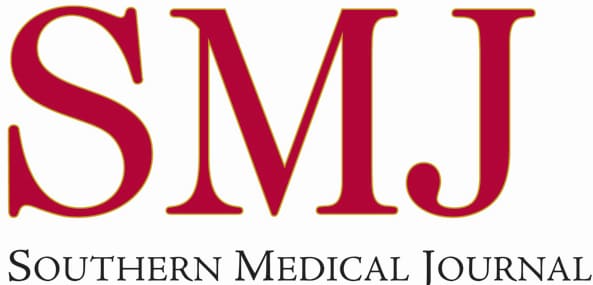Abstract and Introduction
Background. Little information is available regarding toxicity rates of the two available forms of cardiac glycosides (digoxin, digitoxin) when used in elderly patients.
Methods. We retrospectively analyzed the charts of all patients more than 60 years of age who were chronically managed with a cardiac glycoside and were hospitalized during the period January 1995 through January 1998. Toxicity was defined as any clinical event that required either a reduction in dose of the drug or its discontinuance.
Results. Toxicity occurred among 7.6% of hospitalizations in which digitoxin was used, compared with 18.3% of hospitalizations in which digoxin was used. In multivariate analysis, the odds of toxicity adjusted for other clinical characteristics were three times greater for patients taking digoxin than for patients taking digitoxin.
Conclusion. Hospitalized elderly patients taking digitoxin had a lower rate of toxicity than those taking digoxin.
Cardiac glycosides are widely used in geriatric populations to treat congestive heart failure and supraventricular tachyarrhythmias such as atrial fibrillation. About 13% of the elderly population and almost 20% of patients admitted to nursing homes are taking cardiac glycosides.[1,2] Cardiac glycosides have consistently been one of the 10 most frequently prescribed medications in the United States.[1,3] Even though they are widely used, cardiac glycosides are known to have substantial risk of toxicity, with estimates in hospitalized patients ranging from 10% to 30%.[4] Hospitalized patients exhibiting cardiac glycoside toxicity have more than a twofold increase in mortality.[2]
The risk of cardiac glycoside toxicity is higher among older patients for several reasons. First, the risk of cardiac glycoside toxicity increases dramatically with age because of altered pharmacokinetic properties in older patients. Older patients are also more likely to have other risk factors for toxicity, such as impaired renal function, electrolyte imbalances, underlying heart disease, and drug-drug interactions. It has been estimated that 80% of cardiac glycoside toxicity occurs in patients more than 60 years old, and mortality rates as high as 58% have been reported with acute digoxin toxicity in this age group.[5]
Several factors suggest that the two available forms of cardiac glycosides (digoxin and digitoxin) may differ in terms of toxicity. Digitoxin is more completely and predictably absorbed from the gastrointestinal tract than digoxin, and its serum concentration and pharmacokinetics are not altered significantly by other medications or changes in renal or hepatic function.[3] On the other hand, digitoxin has a much longer elimination half-life than digoxin (5 to 7 days vs 1 to 2 days) and may require up to 4 weeks for serum levels to reach a steady state.[6]
Prospective studies of patients taking maintenance digitalis have reported toxicity rates ranging from 15.2% to 27.5% for digoxin and 3.2% to 5.8% for digitoxin.[7,8,9,10,11,12,13,14,15] Adequate studies directly comparing toxicity rates of the two drugs in the same population, however, are lacking. One study directly comparing toxicity of the two drugs had only nine patients taking digitoxin.[7]
It is unclear, therefore, to what extent toxicity rates differ for the two drugs when used in typical clinical practice. A patient population exhibiting high use of both digoxin and digitoxin provided us with a unique opportunity to directly compare the toxicity rates for these two drugs in typical geriatric practice. On the basis of pharmacologic properties of the two drugs, we hypothesized that older patients taking digitoxin would have lower rates of cardiac glycoside toxicity than those taking digoxin.
South Med J. 2000;93(2) © 2000 Lippincott Williams & Wilkins
Cite this: Comparing the Toxicity of Digoxin and Digitoxin in a Geriatric Population: Should an Old Drug Be Rediscovered? - Medscape - Feb 01, 2000.




